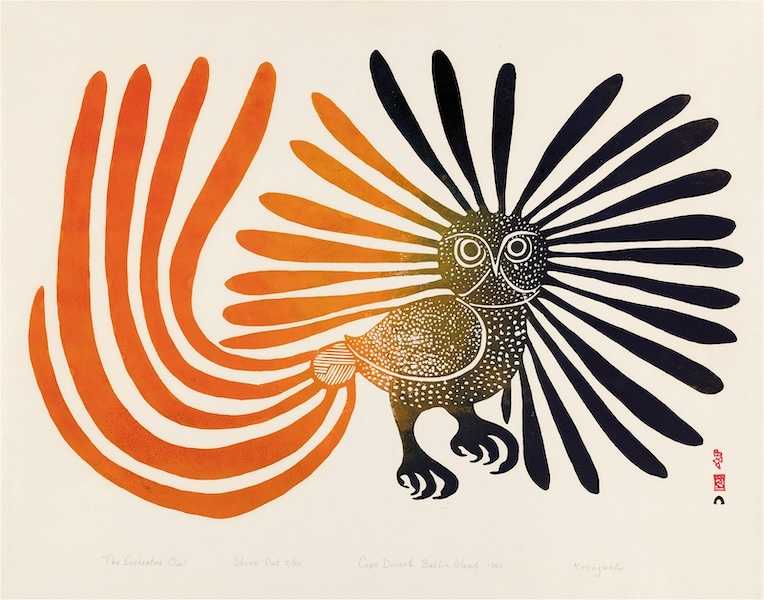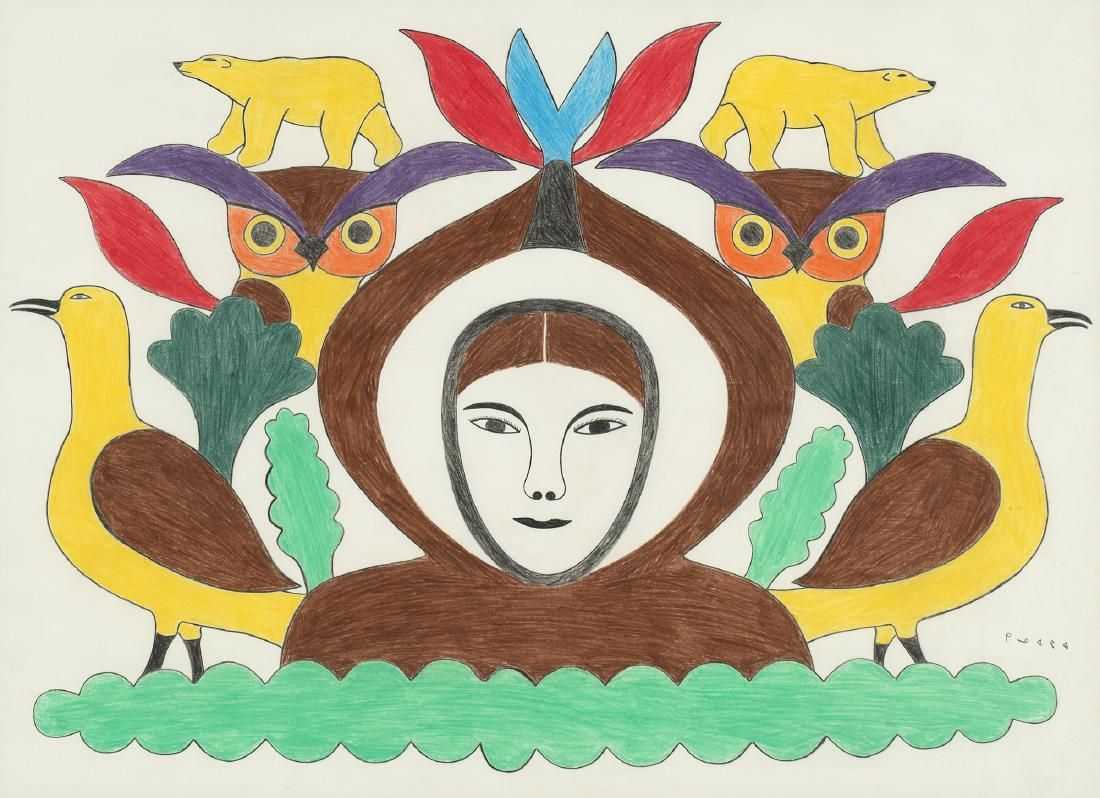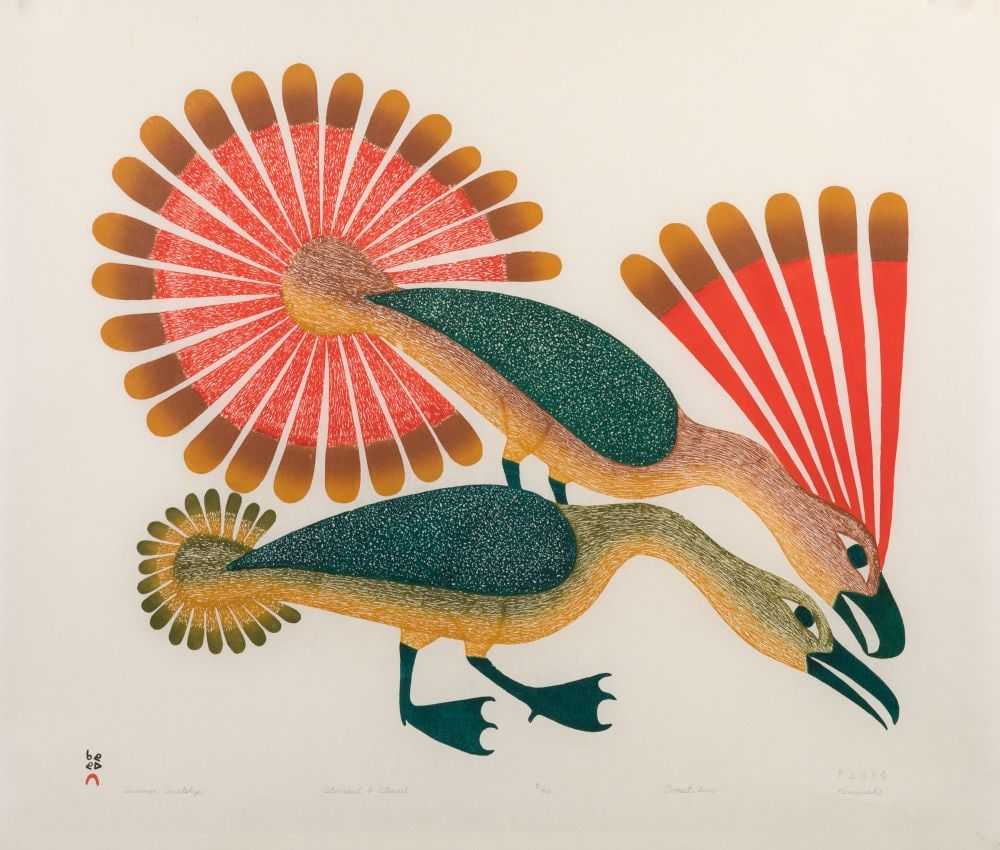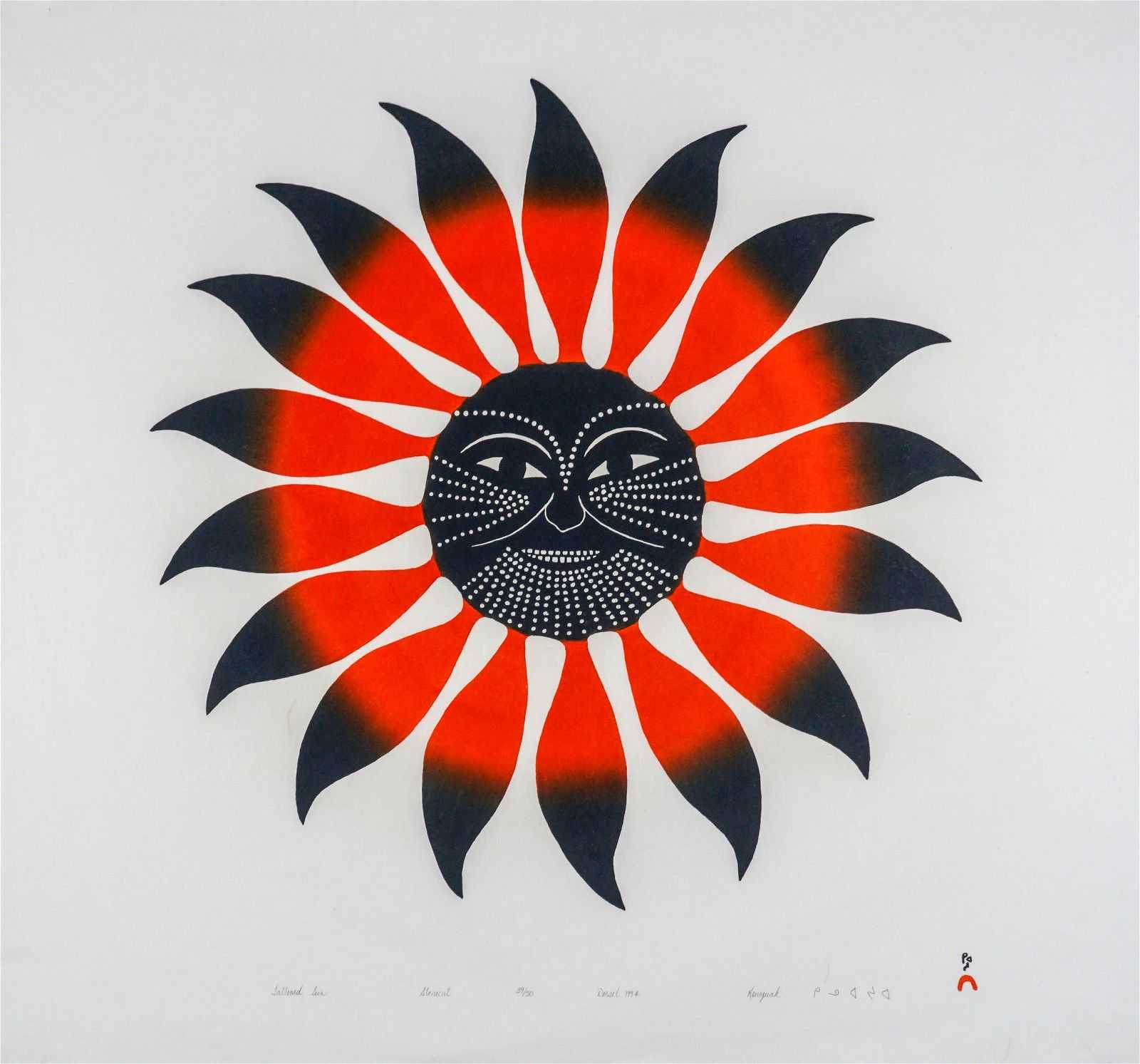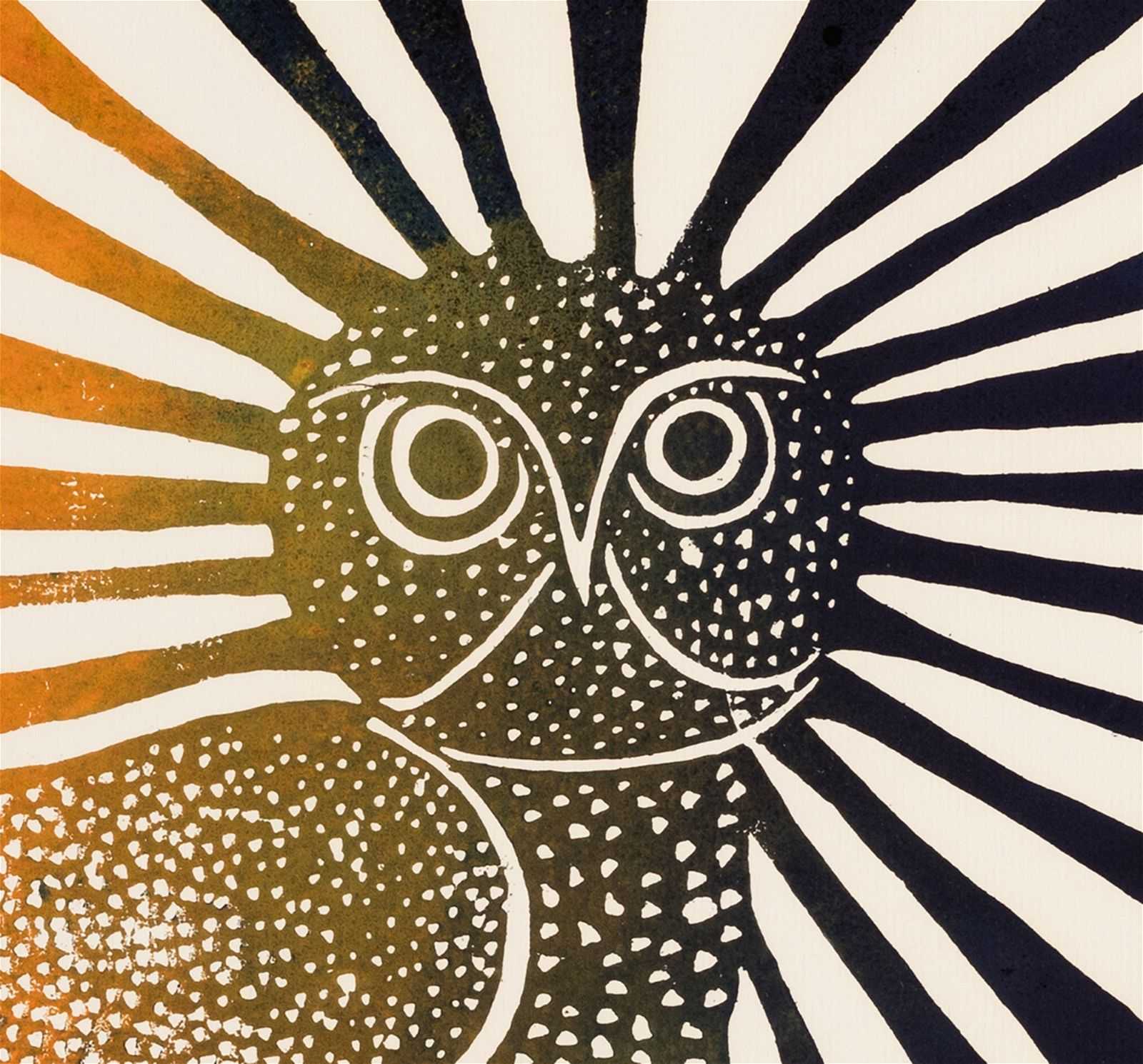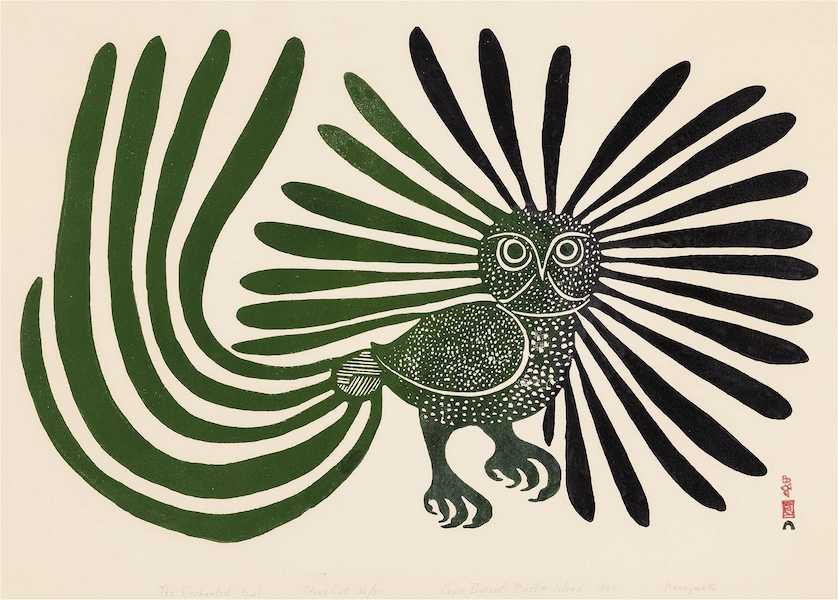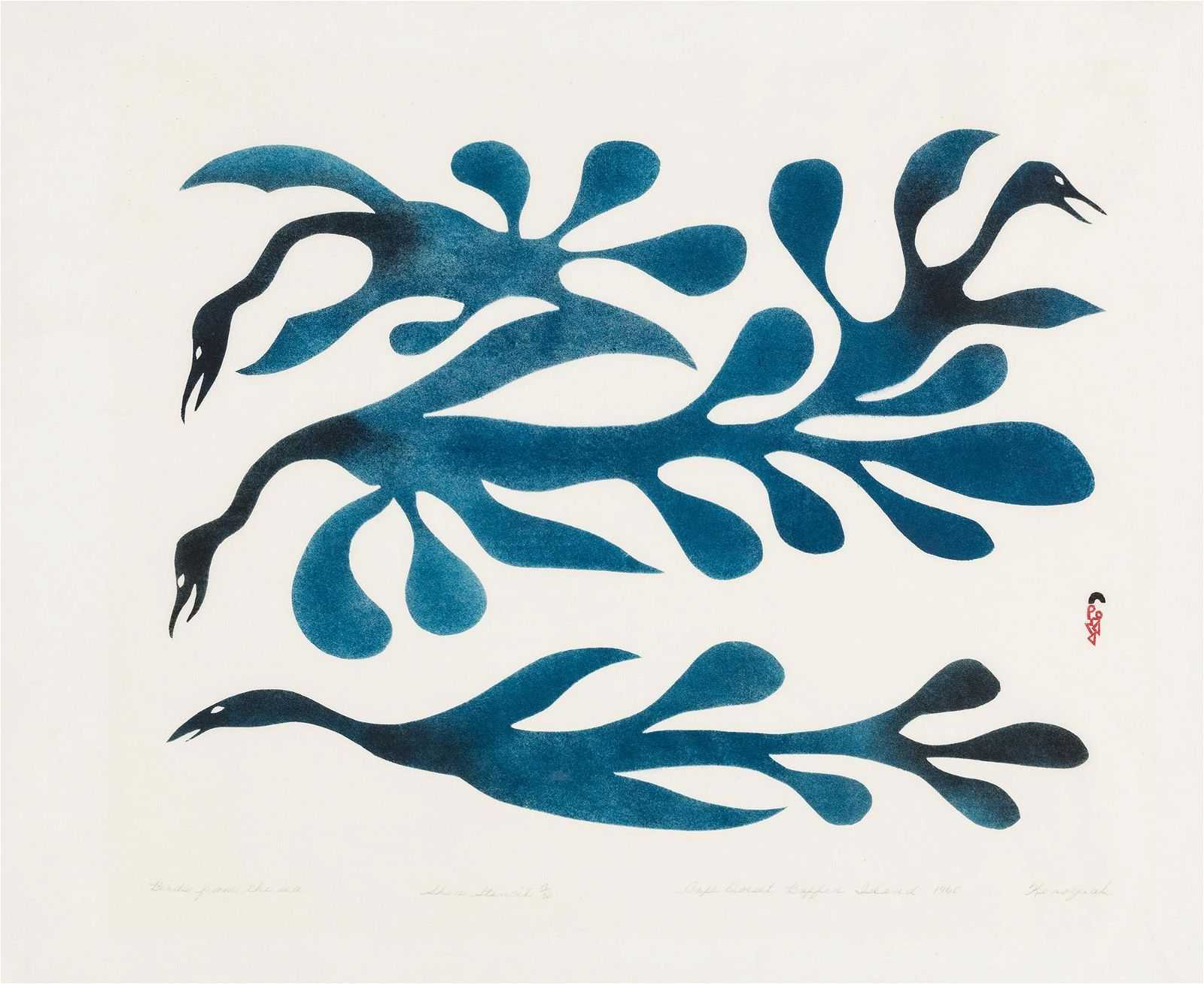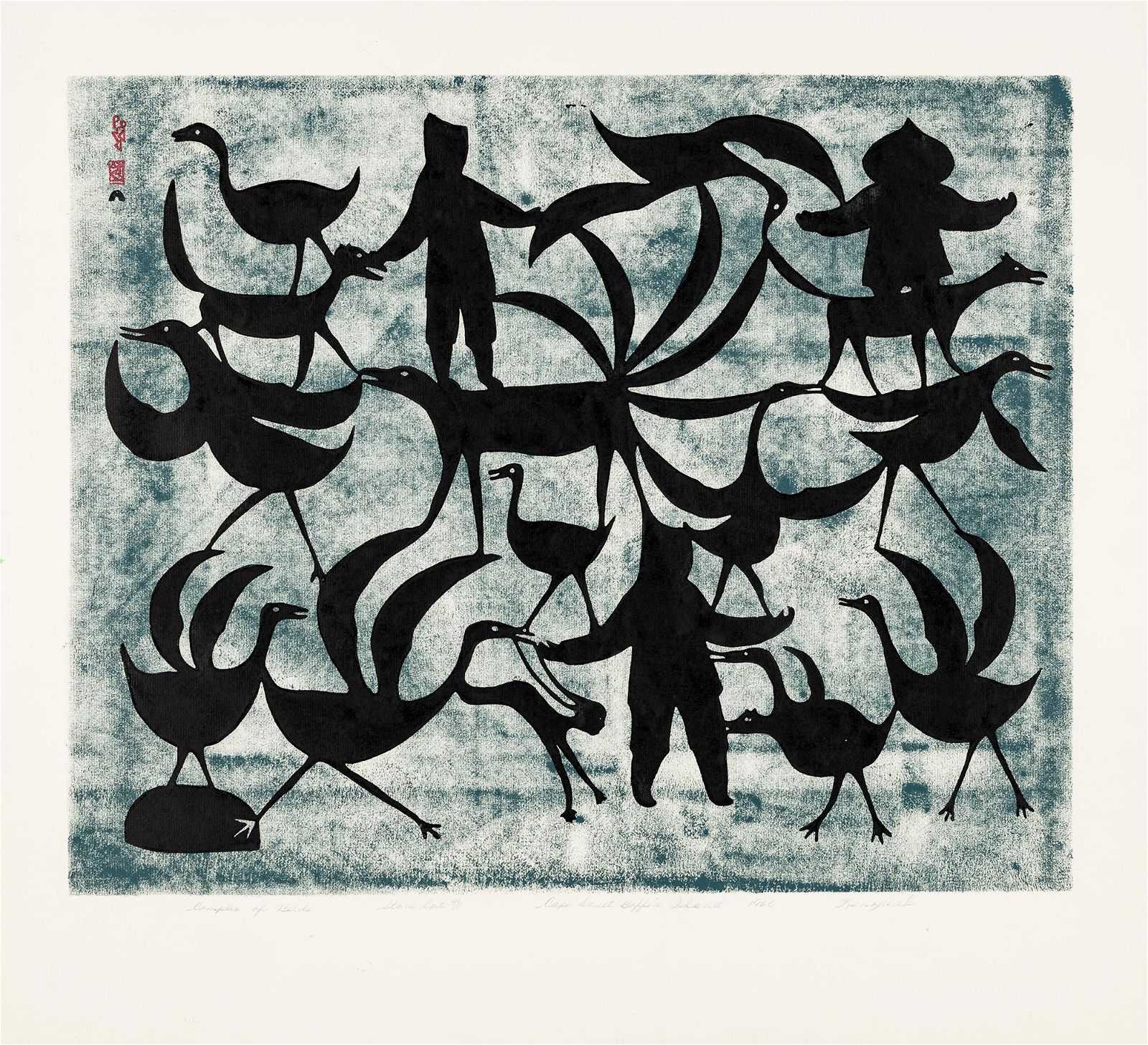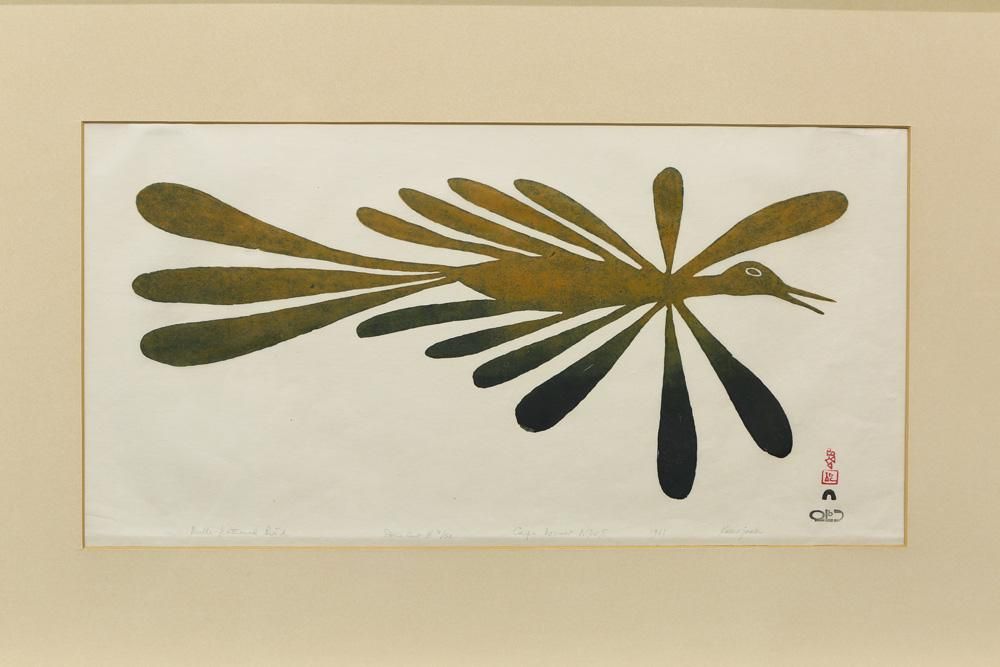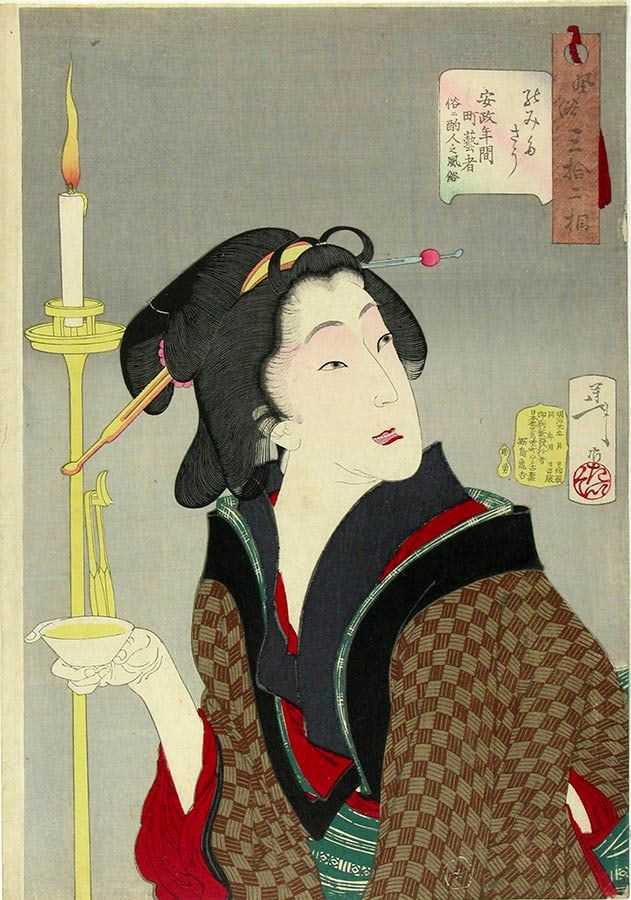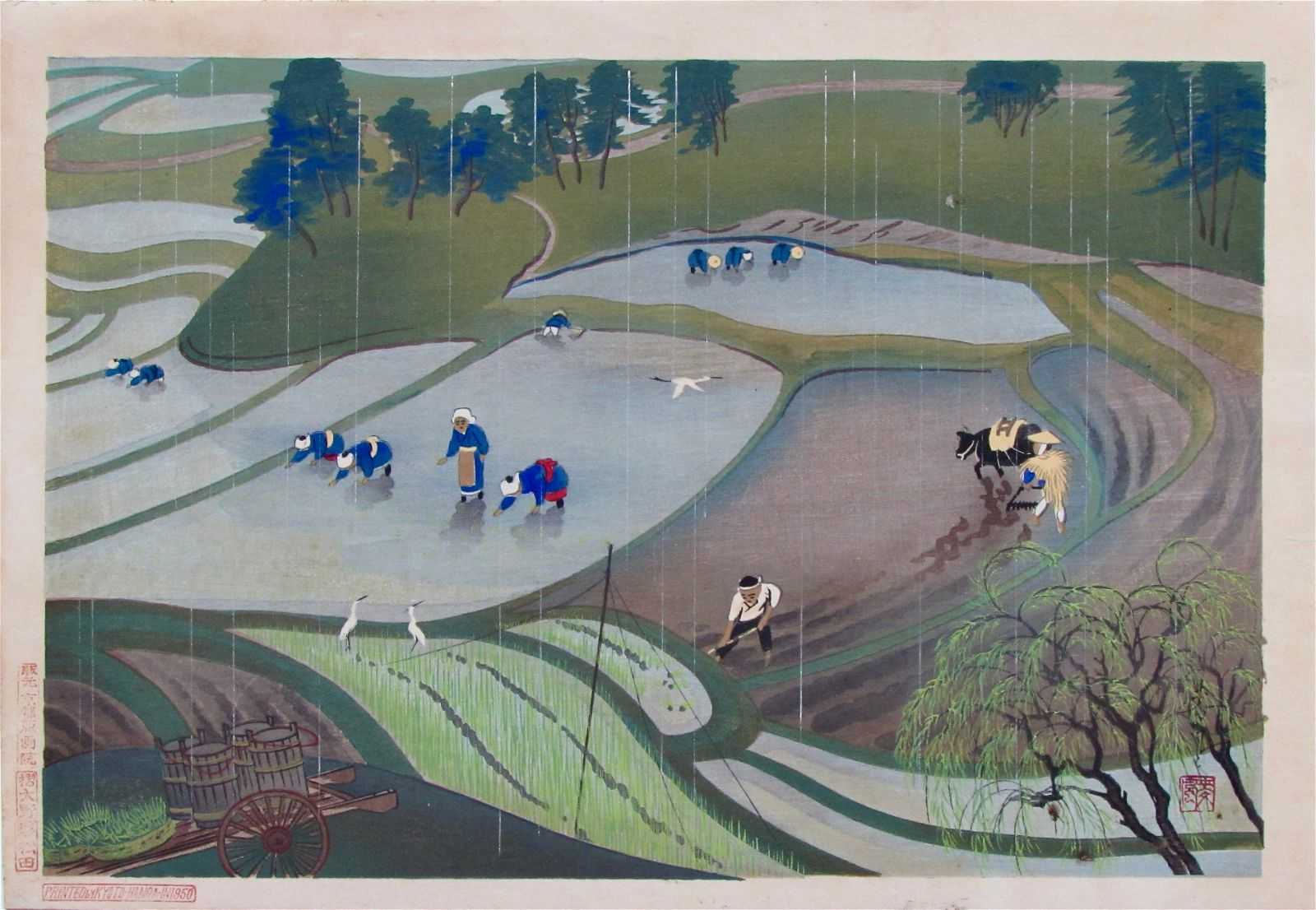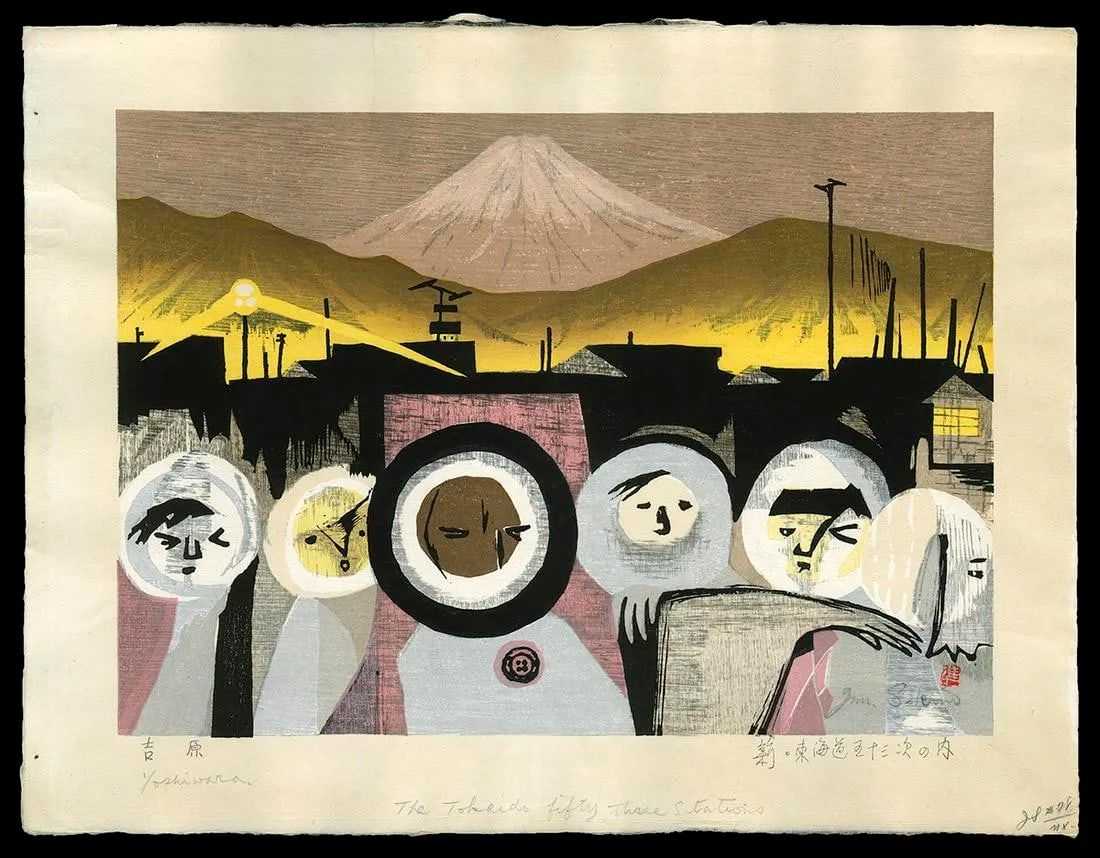CLEVELAND – A collection of microscopes and other antique scientific instruments from the estate of Ohio scientist John A. Davidson Jr. (1939-2023) will be presented at Gray’s Auctioneers on Wednesday, April 17. Titled The Art of Discovery, Part 1, proceeds from the sale will benefit the Dittrick Museum of Medical History at Case Western Reserve University, where many of the pieces had been on display.
Davidson, who worked with the tire makers BF Goodrich and later at CWRU, had a great passion for historical instruments and machines. Among the clubs and societies to which he belonged were the Stanley Steamer, the Magic Lantern, the Pittsburgh Climbers, and the Northeastern Ohio Live Steamers.
His collection of 18th- and 19th-century microscopes numbered more than 40 different models. The earliest in the sale is an Italian ‘simple’ microscope of brass screw barrel design dated circa 1715. Contained in a fitted book-form box that is bound in leather and titled Physique Nouvelle, the microscope’s accessories include eight objectives (apparently molded and not ground), two eye pieces, and a mounting ring to use as a magnifier. With no identical example of this particular instrument known, it is estimated at $8,000-$10,000.
Made circa 1745 is a compound microscope signed for John Cuff (circa 1708-1772). An important London instrument maker, he traded as a ‘Spectacle and Microscope Maker’ at ‘the sign of the Reflecting Microscope and Spectacles opposite Sergeant’s Inn’ on Fleet Street from 1737-1757 and then from ‘the sign of the Double Microscope, three Pairs of Golden Spectacles & Hadley’s Quadrant’ opposite Salisbury Court in the Strand. Famously, after supplying several microscopes to the court of George III, he had his portrait painted in his workshop by the Anglo-Swiss artist Johann Zoffany in 1772. Cuff’s instrument, employing ‘new’ features such as a Lieberkuhn reflector to enhance the amount of focussed light, is estimated at $3,000-$5,000.
There are several examples of the Culpepper-type compound monocular microscope, named after the famous instrument by Englishman Edmund Culpeper (circa 1670-1738). An evolutionary step from the true Culpepper, many were intended for the pleasure of the leisured classes and amateur biologists.
Although unsigned, one of these with a turned wood ocular support and a leather and ray skin draw tube is close to those signed by the mid-18th-century London maker Matthew Loft. With accessories and four objectives, it is estimated at $3,000-$5,000.
From the Victorian ‘brass and glass’ era of instrument production is a James Smith compound monocular first-class microscope dating to circa 1840 and estimated at $3,000-$5,000. Signed J. Smith London and bearing the serial number 12, it is one of the earliest known British achromatic compound microscopes. The earliest microscope by Smith owned by the Royal Microscopical Society has the serial number 43.
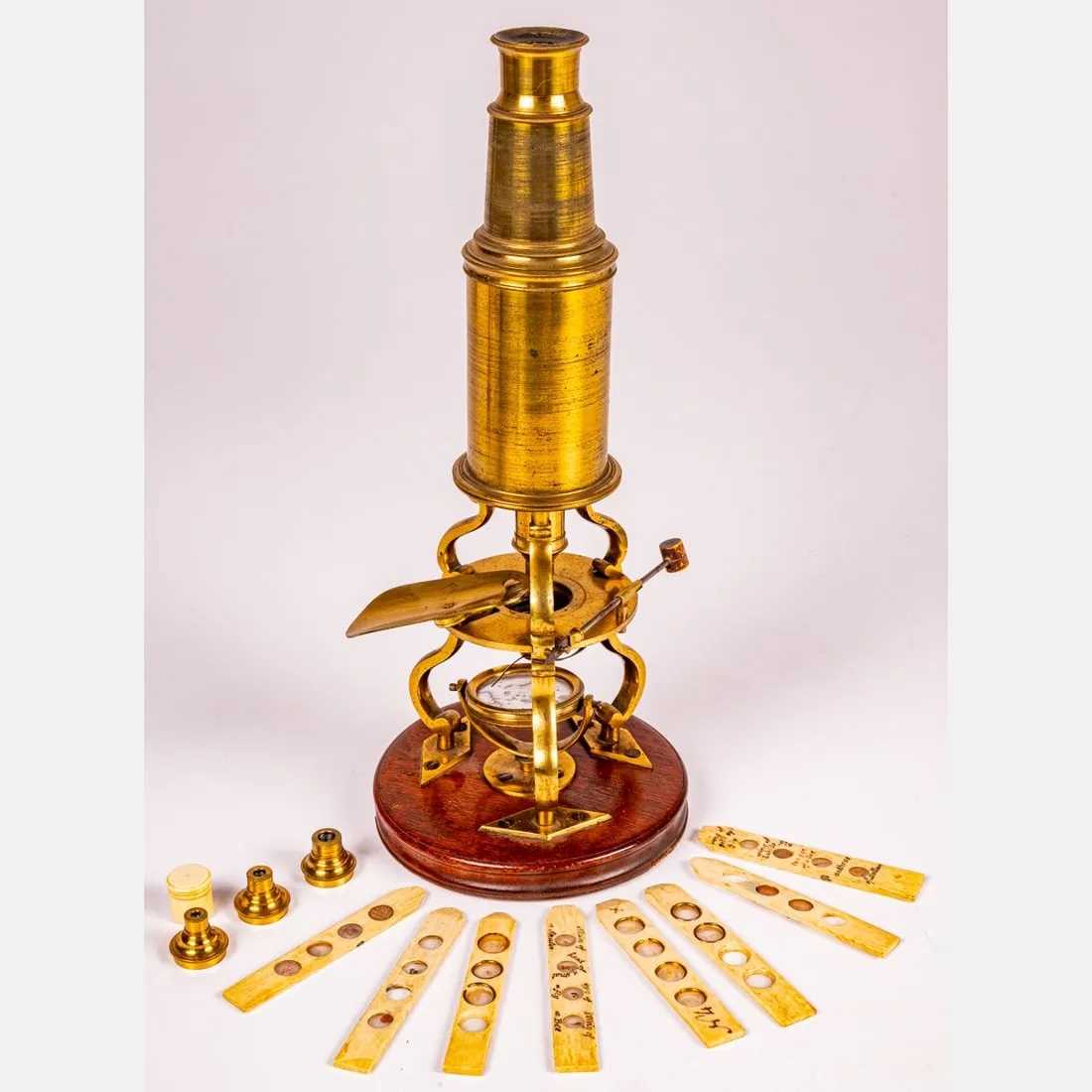
Culpeper Type Compound Monocular Microscope, estimated at $800-$1,200 at Gray's.
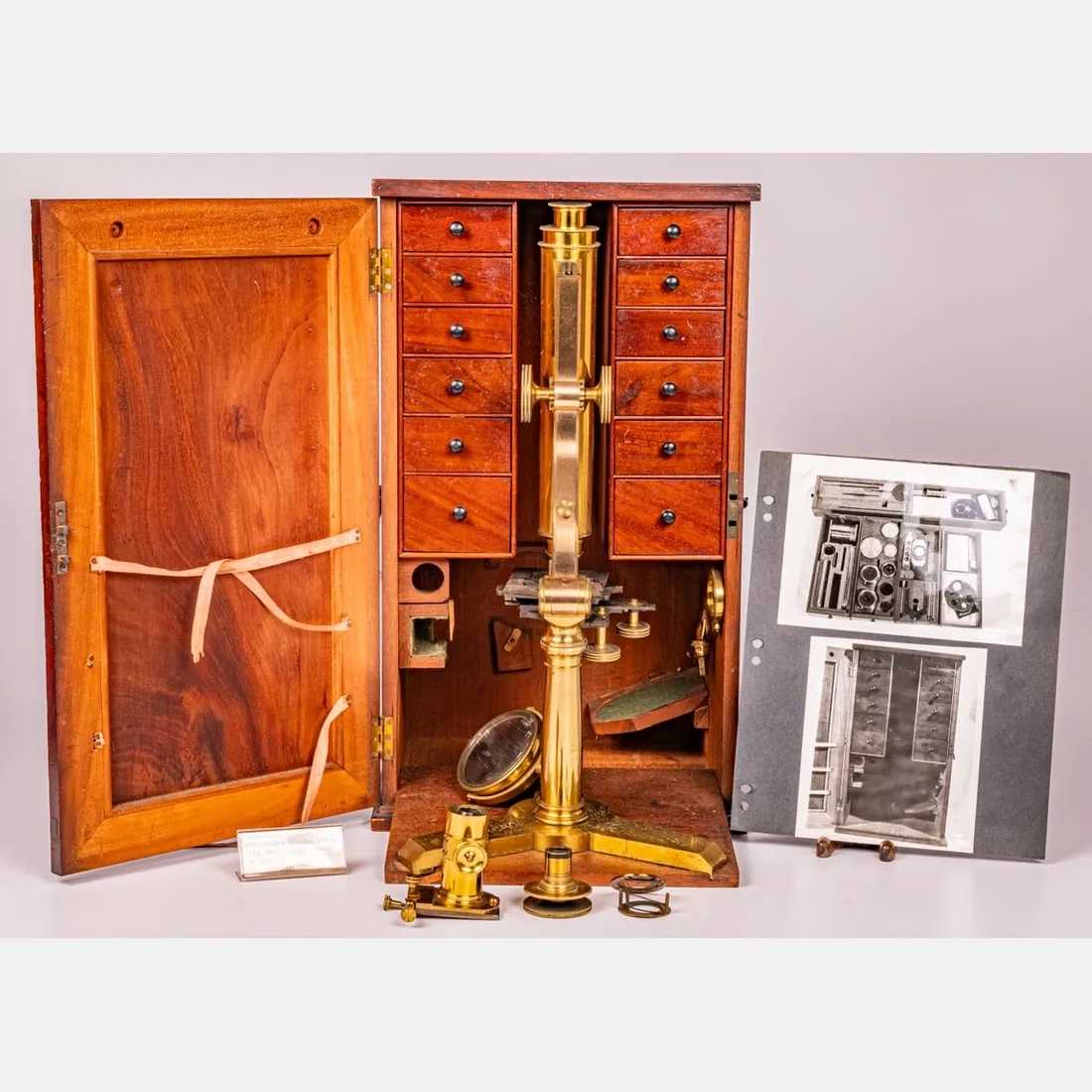
James Smith Compound Monocular 1st Class Microscope, estimated at $3,000-$5,000 at Gray's.
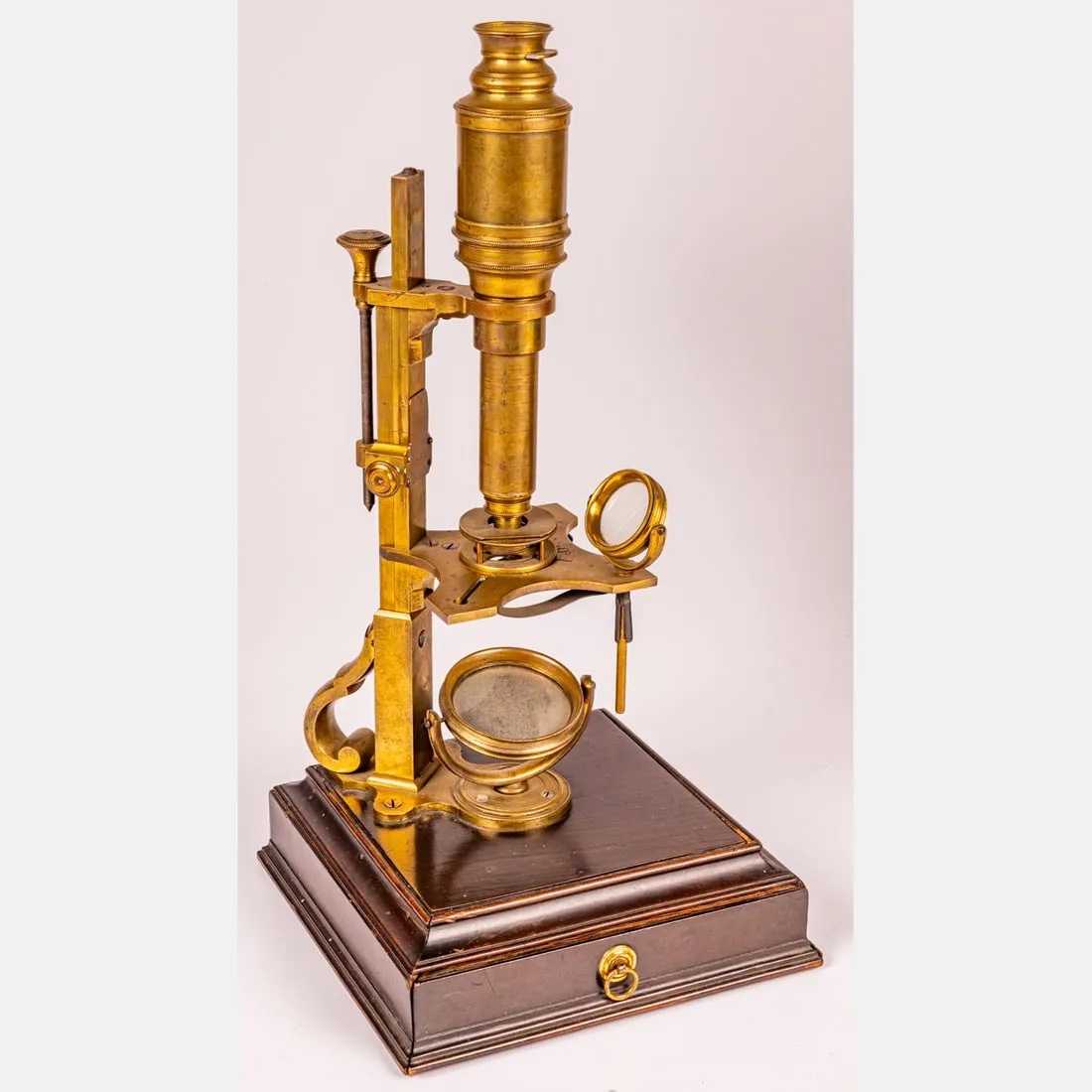
John Cuff Compound Microscope, estimated at $3,000-$5,000 at Gray's.
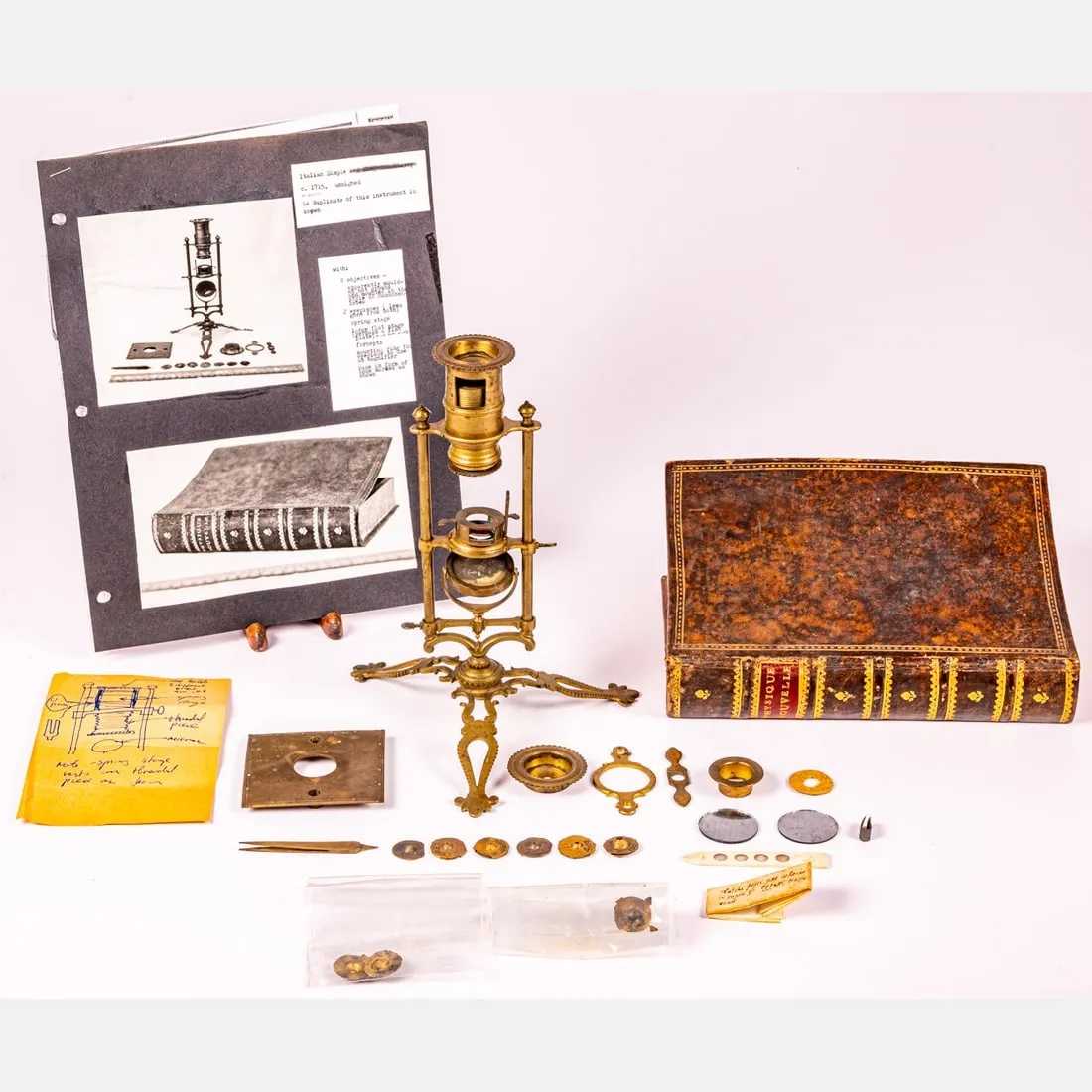
Rare Italian Simple Microscope, estimated at $8,000-$10,000 at Gray's.


